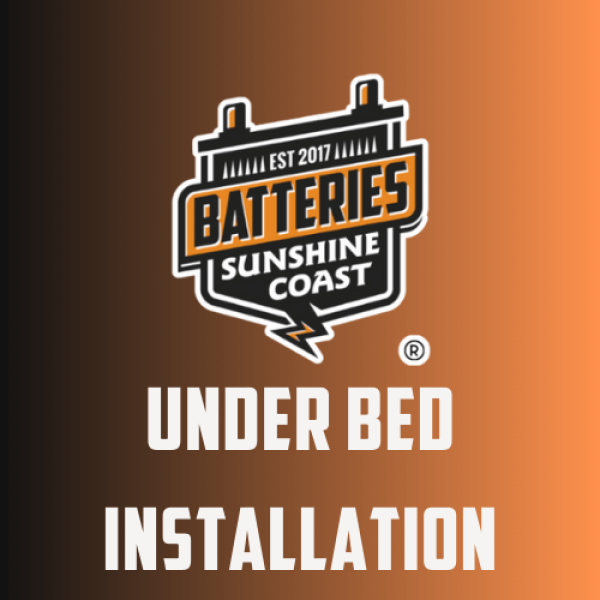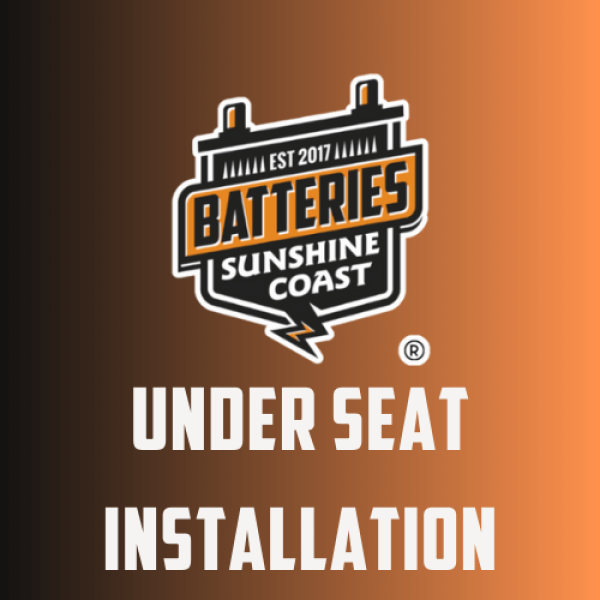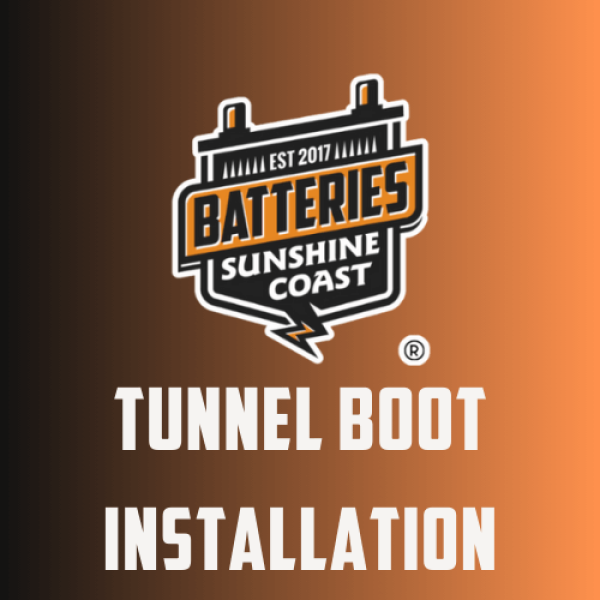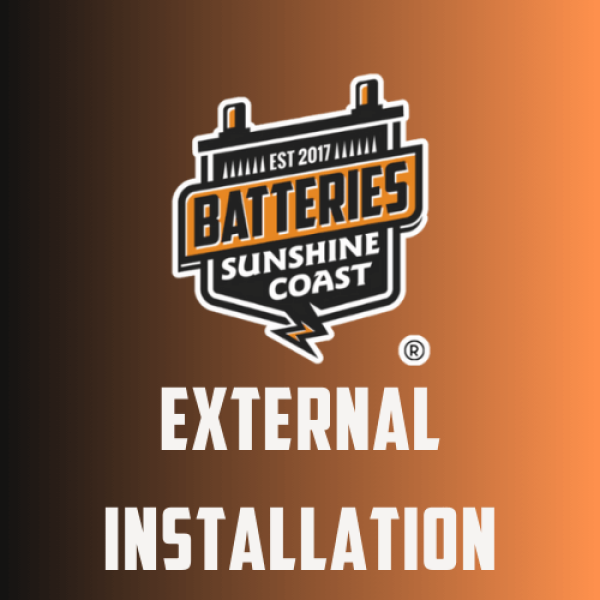LITHIUM BATTERY GUIDELINES
AS/NZ3001.2:2002/ IEC62519
Lithium Battery Guidelines for Installation in Caravans and RV's
This page is to help consumers understand the requirements of the new standard in relation to lithium battery installation in Australia.
It also provides information about the certification standards and clarity about where lithium batteries can, and can’t be installed as well as safe installation.
1. APPLICATION OF AS/NZS3001.2:2022
This released standard applies to new builds from November 2023. The standard has requirements for the installation of Lithium Batteries around:
- Lithium battery minimum specifications
- Lithium battery safety approvals to IEC 62619
- Monitoring of batteries
- Exclusion zones
- Location, sealing and venting
2. What are the minimum requirements?
5.4.12.3.1 Requirements
Each lithium ion battery shall be provided with a battery management safety system either integrated into a
battery pack or as a separate component. All lithium ion batteries shall comply with AS IEC 62619.
The battery management safety system is designed to protect the lithium ion battery from potentially damaging
situations.
What to remember here is that a “battery” includes both the BMS and the cells.
The battery management safety system is designed to protect the lithium ion battery from potentially damaging situations.
This includes the battery management safety system and cells, the whole battery.
In some cases only the cells are certified to IEC62619. If only the cells are certified it means the key safety component of the BMS (Battery Management System of the battery) and how it interacts and manages the cells has not been considered and reviewed and therefore complies with IEC62619. This is especially important regarding battery cell propagation and thermal runaway.
3. MONITORING DEVICE- Section 5.4.12.3.4
Each battery (or bank of batteries) shall be monitored via a battery monitor designed for managing lithium ion batteries. The monitor shall display the state of charge (SoC) and may display voltage. Communications with the monitor may be by wired or wireless connection direct to the battery management safety systems.
4. EXCLUSION ZONES FOR BATTERIES- Section 5.4.10.2, Metallic services line
Metallic services lines that include: gas, diesel, water and/or other fuels that are installed within 300 mm of the horizontal or vertical plane of the battery surface containing the terminals, shall be shielded with dielectric material to protect against accidental short circuit.
Battery installations are required to be a minimum of 300mm away from gas, diesel, water and other fuel lines. The exclusion area is limited by the sides of the battery box or compartment. This applies to the horizontal and vertical plane of the battery surface containing terminals. If the exclusion area is not able to be achieved, dielectric material is to be used to protect against accidental short circuits.
See the Below Figure.
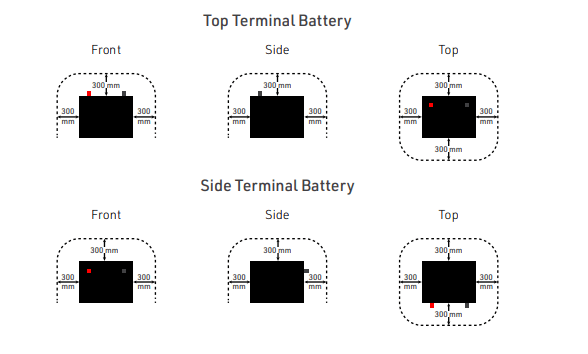
5. PROTECTIVE DEVICES- Section 5.4.7.2 Location of protection devices
Individual batteries or battery banks are required to be protected against overload and short
circuit by fuses or circuit breakers to be installed on the positive pole. Ensure the location of the
protective device complies with clauses 5.4.7.2 and 5.4.10.1.
Protection devices as detailed in Clause 5.4.7.1 shall be accessible, protected against accidental damage and installed in one of the following locations:
(a) within 200 mm of the battery terminals; or
(b) directly outside the battery compartment; or
(c) 1.0 m from the battery terminals, provided each conductor is contained within a protective
covering, such as a sheathing, conduit or cable trucking for its entire length from battery
terminals to the circuit protective device, to reduce the risk of mechanical damage.
Overcurrent protective devices shall not be fitted in a fuel storage compartment or fuel
storage housing intended for the storage of LP Gas cylinders.
6. BATTERY LOCATION REQUIREMENTS- Section 5.4.12.2 Location
Lithium ion batteries shall:
(a) be installed externally, i.e. behind a wall, compartment or barrier that prevents the egress
of gases into the habitable structure; and
(b) not enter the habitable area of the structure; and
(c) be installed to operate within the manufacturer’s defined operating temperatures,
including IP rating; and
(d) be installed in a suitable battery container where the battery manufacturers have not
provided encapsulated cells
Batteries are required to be installed so that any vented gases are unable to enter the habitable area of the recreational vehicle.
The areas they can be installed are:
- Externally to the recreational vehicle body
- Behind a wall or compartment
- Under the bed
- In a cupboard
- Under a seat
- Behind a barrier
For batteries installed in an enclosed area, such as behind a wall, under the bed, in a cupboard or under a seat, the battery installation is required to be in a sealed box or container which is vented to the outside of the Caravan.
Cables into the battery box or container must be sealed by cable glands or similar.
For installations external to the recreational vehicle body the battery should be protected from physical impact by a box or container which is vented to the outside of the Caravan.
In addition to the location of where lithium batteries can be installed, care should be taken to comply to other aspects of the standard.
This includes but is not limited to the below:
- Easy access to batteries via panel or hatch.
- Attaching warning label that warns of dangers if panel/hatch is not sealed.
- Ensuring ventilation of the battery compartment to the outside
- Mounting the battery securely in the battery compartment.
- Check all connections are done tight and there are no conductive materials are touching the lugs.
7. CONSTRUCTION MATERIALS
Materials used for construction of the battery compartment should protect the battery from accidental damage, meeting the criteria defined in the regulation and allowing the battery to operate within the defined operating conditions, temperatures and IP rating.
If installed within these criteria it is deemed sufficient prevention for thermal runaway events
8. EXAMPLES OF BATTERY INSTALLATIONS
The following examples are guidelines on how the batteries could be installed. It is up to the manufacturer of the caravan to determine the most suitable to meet the Clause 5.4.12.2 detailed in the section above.
External to recreational vehicle
Refer to the manufacturer Specification’s for IP rating specifications which may determine if the battery can safely be installed externally to the Caravan for the intended use of the Caravan.
For example:
Ff the Caravan will be taken on river crossings where the battery is likely to be submerged, the battery would need to be IP67 rated to be suitable for this application.

Internal to recreational vehicle
A separate sealed compartment is recommended, with venting and sealed lid, along with cable glands out of the box.
When installing under a seat, this area is used as the sealed compartment. If this is not achievable then an additional sealed compartment is necessary as per the Under Bed installation.


Tunnel Boot considerations
Ensure overcurrent protective devices are not fitted in a fuel storage compartment or fuel storage housing intended for the storage of LP gas cylinders.
In this area the Tunnel Boot is a large area, which can be sealed, however it may be necessary to potentially section the area off if using this area for the battery. Ensure the battery is protected from potential impact and mechanical damage from any goods stored in the tunnel boot.

9. EXISTING INSTALLATIONS FOR REPAIRS AND REPLACEMENTS
Clause 1.5.2.1 allows for installations to be repaired and replaced without enacting the requirements of the new standard.
Note however, repairs or replacements need comply to the standards applicable at the time of installation or to AS/ANZ 3000 at a minimum, which does not require the sealed compartment with venting.
It is vital to note that this page is not an exhaustive guide to the caravan standard. Industry businesses are strongly encouraged to conduct their own research and familiarise themselves with AS/NZS 3001.2:2022, especially in the context of the recreational vehicles they produce. It is also essential to ensure that relevant personnel, such as contract or staff electricians and vehicle designers, remain up to date with these changes.
We have a handy checklist you can use to ensure your new battery is compliant, Download the checklist here!!
Click below to download and keep a copy of our installation diagrams
Why Choose Us
When it comes to reliable and efficient battery replacement services on the Sunshine Coast, look no further than Batteries Sunshine Coast.
We understand the importance of a properly functioning battery for your car, especially during unexpected roadside situations.
Our dedicated team is committed to providing top-notch roadside assistance, ensuring you’re never stranded due to a dead battery.
Battery Experts
Our team is trained in all battery applications to ensure that you receive the highest quality service.
Quality Service
We put your safety and needs first! Our priority is not making a sale,- but solving problems.
Fast service
We are prompt and reliable with an average call out time of 30 minutes or less*.
Trusted Work
We specialise in high quality batteries, specifically designed to suit the unique climate of the Sunshine Coast.

